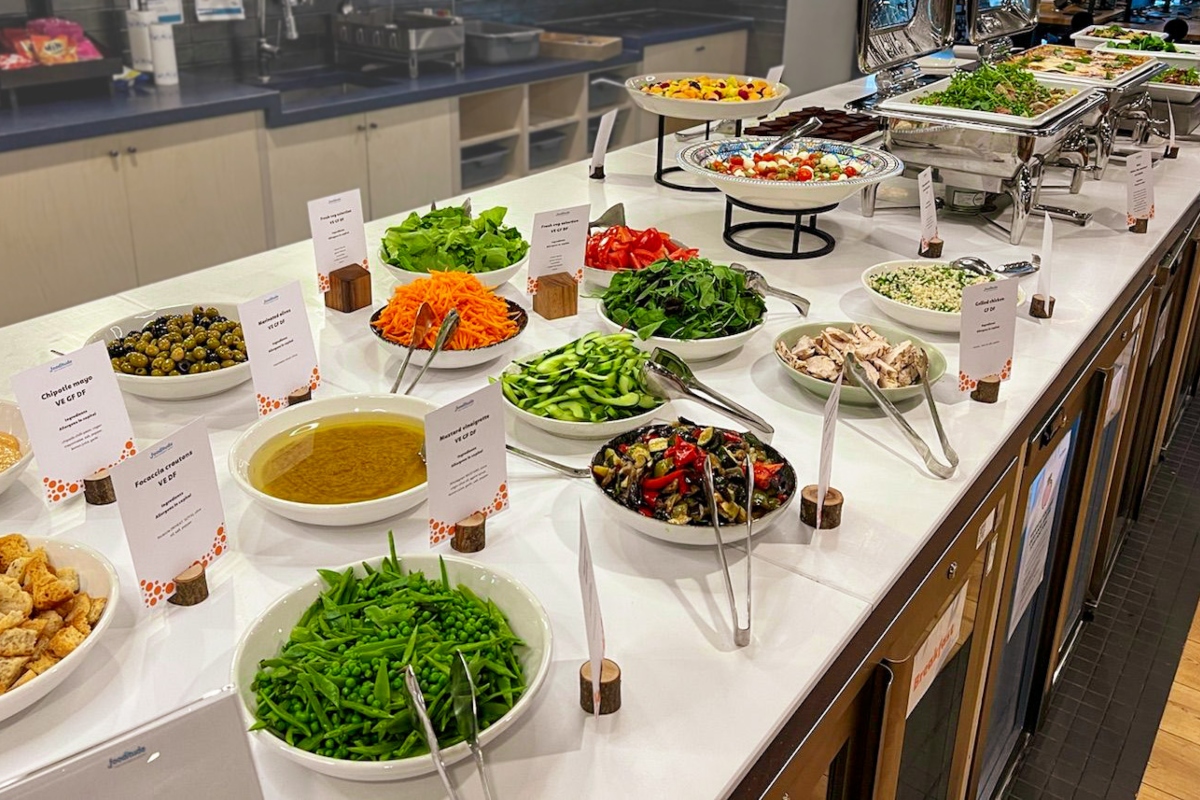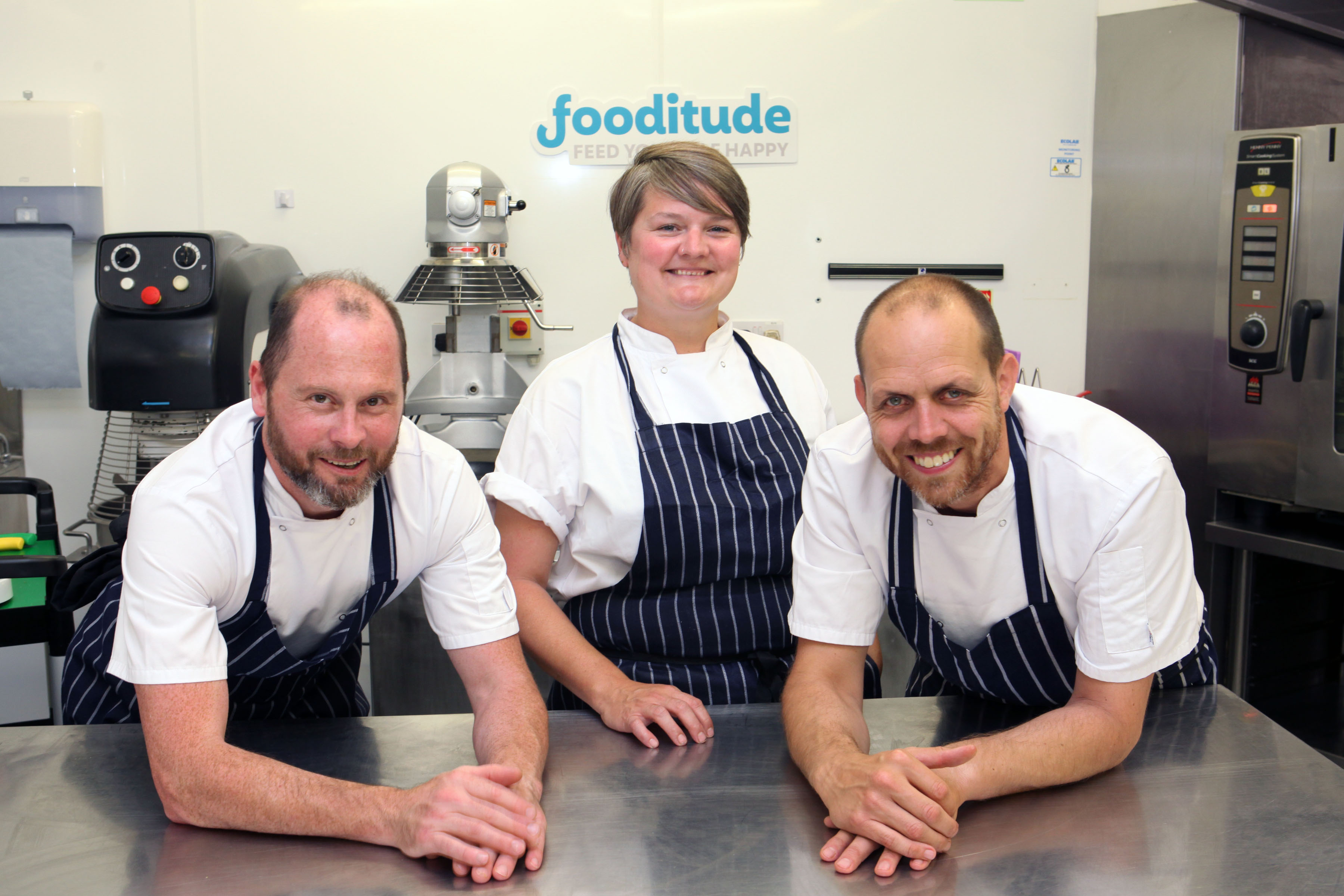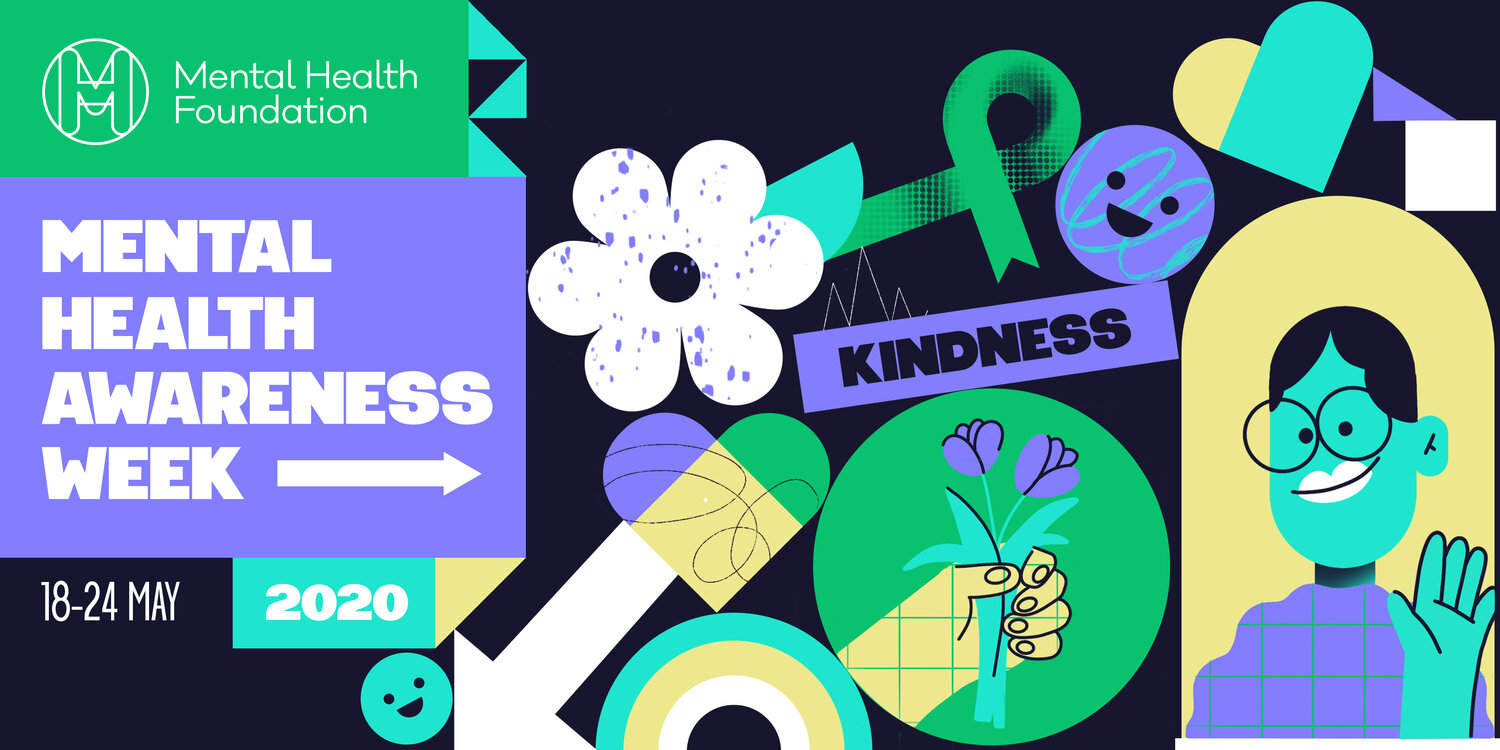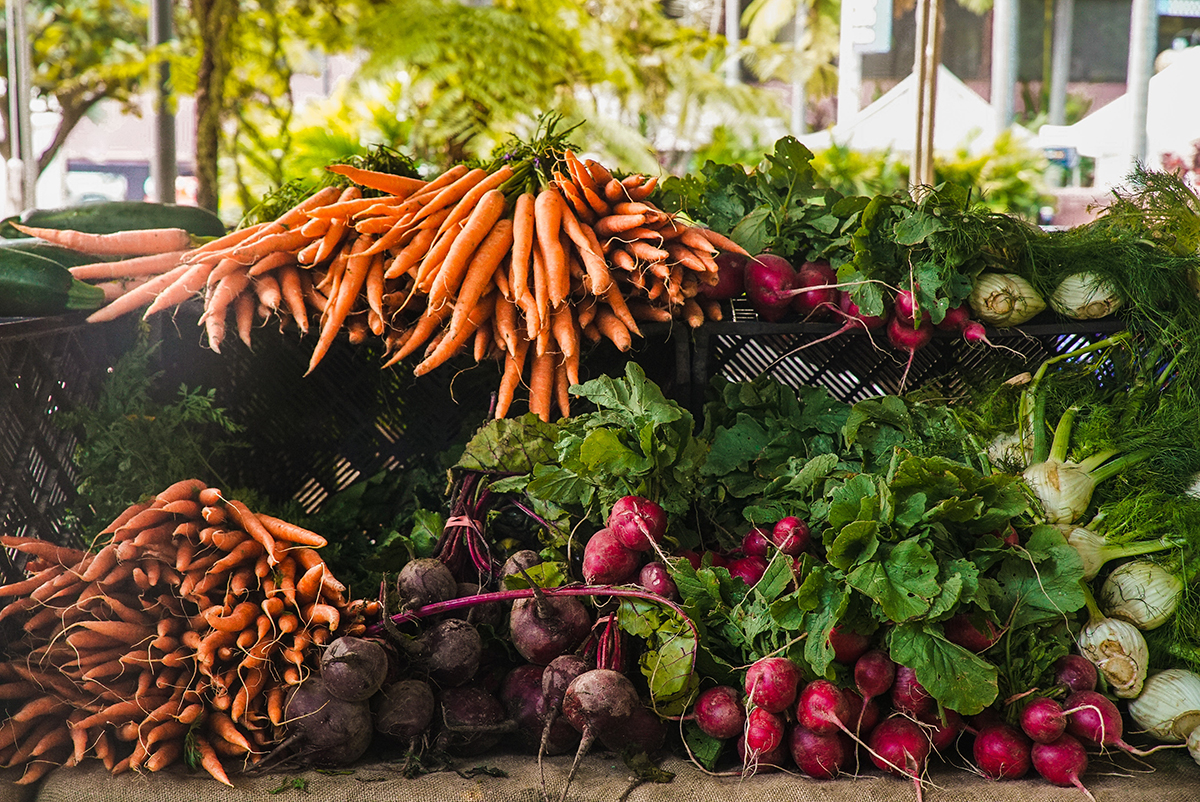Understanding the gluten issue
Fooditude is a workplace catering company that’s all about tasty, healthy food made sustainably and ethically. We launched in Dublin in 2021, but we’ve got plenty of experience under our belts, serving prestigious London workplaces since 2005. No tummy is left grumbling with our diverse menu of freshly cooked meals: we’ve got something for all diets and tastes.
Over the last few years, people have had more time at home to discover what food works for them, and pick out the foods that leave them feeling worse. This means that office workers are more fine-tuned than ever in knowing their dietary requirements, especially when it comes to knowing their own gluten tolerance.
So, what is 'gluten-free'?
Gluten is a type of protein found in wheat, rye, barley and triticale. As these ingredients can find their way into a lot of foods, gluten is everywhere. Some of the foods that contain gluten include:
- Bread
- Pasta
- Cereals
- Biscuits or crackers
- Cakes, pastries and pies
Many other foods contain gluten or are prepared alongside food containing it. This is a bit tricky if you’re intolerant to gluten, as many people are. The most serious form of gluten-intolerance is coeliac disease, which affects 1 in 100 people in the UK.
Coeliac disease, explained:
Coeliac disease causes your immune system to attack your gut when you consume gluten, causing a lot of nasty symptoms such as stomach pain, diarrhoea, constipation, bloating and indigestion. Other symptoms can include fatigue, unintentional weight loss, rashes, infertility, nerve damage, anxiety, depression, and more. Without adopting a gluten-free diet, coeliac disease can lead to severe, life-altering conditions such as damage to the small intestine.
Gluten intolerance (without Coeliac disease):
Non-coeliac gluten intolerance and wheat allergies are also very common reactions to gluten that can result in similar, though normally less severe symptoms. As with coeliac disease, the only real treatment is to adopt a completely gluten-free diet. Charities such as Coeliac UK offer guidance to those that want or need to cut out gluten from their diets.
Thankfully, supermarkets are beginning to recognise the demand for ‘free-from’ products, and restaurants and caterers are expanding their menus to accommodate those with dietary requirements. Only foods that contain 20 parts per million or less of gluten can be labelled as gluten-free, but there can be a bit more uncertainty when eating out, where the risk of cross-contamination is greater.
Gluten-free catering
Good catering means everyone can sit together and enjoy a meal that makes them happier. Menus must be inclusive for all diners and offer genuine choices for vegans, vegetarians and people who suffer from allergies and intolerances.
If a catering menu excludes people with special dietary needs, they may unwittingly exclude diners from socialising with their groups and force them to seek meals outside the canteen.
To ensure that no hungry diner goes unnoticed, caterers should always listen to clients’ needs to flag any gaps in their menus. This can be achieved when caterers play an active role in collecting and encouraging feedback from the diners. No one should be left out.
What will you find on a menu that successfully incorporates gluten-free dishes?
Switching to a gluten-free diet can be intimidating when you realise how severely it can limit what you eat, but there’s a whole range of great meals out there that don’t rely on bread, pasta, and pastries. It doesn’t have to be hard to live without gluten! Some gluten-free ingredients include:
- Meat and poultry (though watch out for breaded-coatings)
- Fruit and vegetables
- Fish and seafood
- Dairy
- Beans, legumes and nuts
- Rice, corn and products made with these flours
These ingredients can form the basis for a wide range of tasty, gluten-free meals that appeal to all diners, gluten-free or not! . That’s a lot of room to work in. However, caterers that don’t take food safety seriously leave their diners in real danger. Without proper process and due diligence, it’s easy for mistakes to happen, such as gluten sneaking into a sauce that uses wheat as a thickener.
There’s plenty of room to play around with these ingredients and enjoy a healthy, varied diet. A smoked salmon and avocado salad is a great choice for lunch or dinner. Stews are incredibly versatile and easy to make gluten free, while meat or vegetable kebabs can be great for dinner or an outdoor event like a BBQ. It’s hard not to miss a good pizza or pasta dish, but there are ways to make them without gluten. Rice flour or legumes can be used instead of wheat flour to make pasta or pizza dough, leaving you to get creative with your toppings.
Finding inspiration: gluten-free cuisine from around the world
Many cultures around the world don’t rely on the main sources of gluten for their dishes. Cuisines with a lot of rice-based dishes are more likely to be gluten free.
- Latin-American
Pulses are naturally gluten-free and found in dishes across Latin America. Rice is used in side-dishes and hearty mains such as paella, while corn-based tortillas are a great gluten-free flatbread. - Italian
You might be tempted to write-off Italian food without pasta and pizza, but there’s a lot more in this cuisine for the gluten-intolerant. Arborio rice used in risotto is gluten-free, and polenta is a versatile dish made from yellow or white cornmeal that can be served soft or pan-fried. - Thai
Rice and noodles (check they are non-wheat) are cornerstones of Thai cuisine, and many of the ingredients used in their curries, soups and salads are gluten-free. Sauces are often thickened using coconut milk. - Greek and Middle Eastern
Grilled meats, fresh fish, stews and salads can be found throughout Greek and Middle Eastern cuisine. Dolmadakia are vine leaves stuffed with rice, onions, lemon juice, mint, and dill. There is also gemista — baked tomatoes or peppers stuffed with rice. Chickpeas and broadbeans are used in hummus, salads and dips. Falafel is also chickpea based but may contain flour as a binding agent or be fried with other foods containing gluten. - Indian
India is a huge country with a wealth of regional cultures, each with their own cuisine. There are plenty of vegetarian and meat curries that use coconut milk, chickpea flour or yogurt rather than a wheat-based starch as a thickener, served with rice in many forms and tastes. There are a lot of breads such as naan and roti you’ll be missing out on, but there are some breads made from lentil and chickpea-based flour. Poppadoms are usually made with lentil or chickpea flour but can share a frier with gluten-containing foods.
Conclusion
Caterers have the power to make life easier for people with gluten-free dietary requirements. With a variety of tasty options at the buffet or in the fridge, enjoying a decent meal doesn’t have to be a headache for those with intolerances and allergies.
With some clever chef work, caterers can substitute gluten-free ingredients with others equally as fresh and packed with flavour. However, simply offering gluten-free dishes on the menu is no longer enough for caterers; they also need to always be on the search for new ideas to produce inclusive menus that get everyone’s mouth-watering, not excluding the gluten-free eaters and the celiacs. The future of catering is inclusive, considerate to individual needs and delicious!




